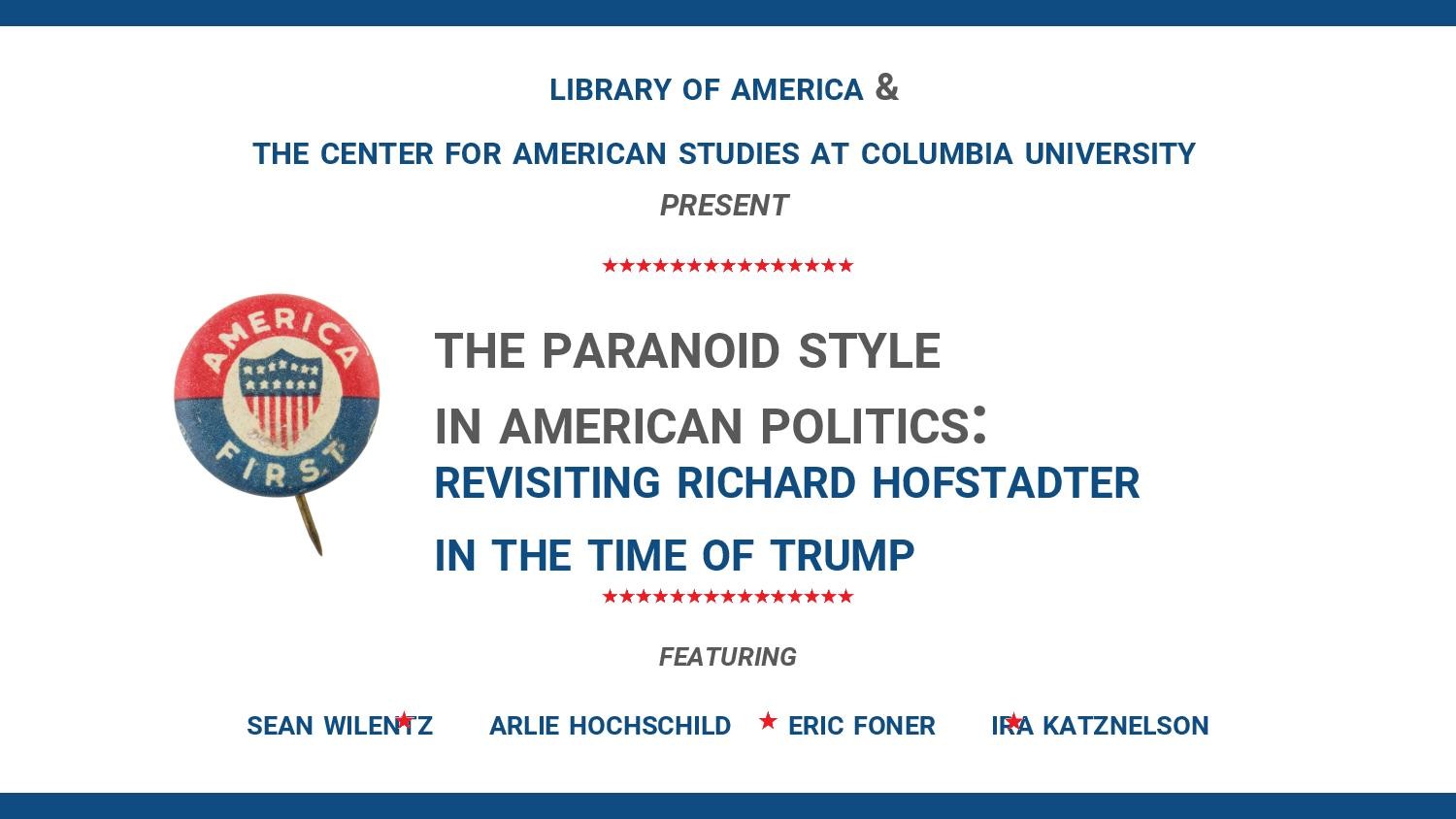


The conspiracy of paranoid style, then, is against groups: nations, religions, classes, etc.

But there is a vital difference between the paranoid spokesman in politics and the clinical paranoid: although they both tend to be overheated, oversuspicious, overaggressive, grandiose, and apocalyptic in expression, the clinical paranoid sees the hostile and conspirational world in which he feels himself to be living as directed specifically against him whereas the spokesman of the paranoid style finds it directed against a nation, a culture, a way of life whose fate affects not himself alone but millions of others. In the paranoid style, as I conceive it, the feeling of persecution is central, and it is indeed systematized in grandiose theory of conspiracy. Webster defines paranoia, the clinical entity, as a chronic mental disorder characterized by systematized delusions of persecution and one’s own greatness. (4)ĭrawing upon the Webster’s definition of clinical paranoia, he identifies some elements of the paranoid style, while at the same time highlighting the differences between paranoia and paranoid style: above all, a way of seeing the world and of expressing oneself. And it is this use by otherwise normal people that he considers the significance of the paranoid style. Hofstadter’s use of paranoid is, as he insists, not a clinical diagnosis, he is not interested in certifiable lunatics, but the “use of paranoid modes of expression by more or less normal people”. The paranoid style simply because no other word adequately evokes the qualities of heated exaggeration, suspiciousness and conspirational fantasy that I have in mind. Hofstadter begins with a series of differentiating remarks on what he considers the paranoid style. Richard Hofstadter’s ‘The Paranoid Style in American Politics’ is a classic in the academic study of conspiracy theory, even though he does not use the term.

I will start off with a series of posts on definitions, beginning, quite conventionally, with the paranoid style. The goal, for now, is to look what has been done, what kind of questions approaches raise and where we go from there. This will be the first post about approaches to studying conspiracy theory.


 0 kommentar(er)
0 kommentar(er)
